Diverse Consumer Insights | Key Data and Examples of Inclusive Brand Activations
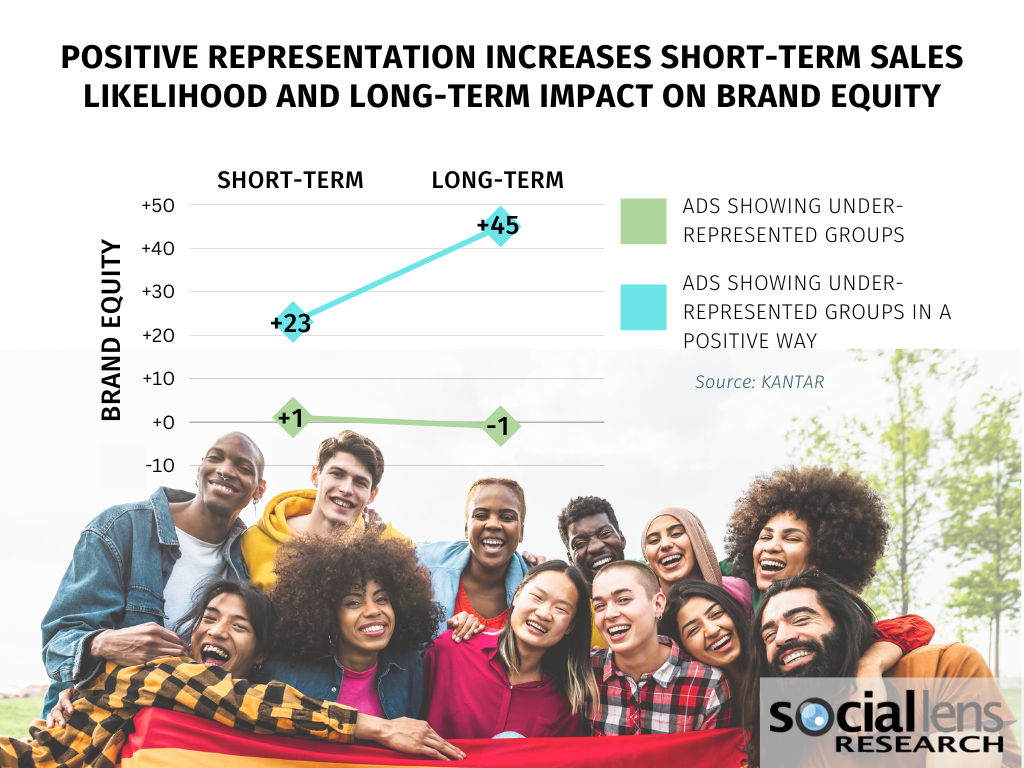
Being inclusive in your marketing effort is not just the right thing to do. It’s good business. Together, Asian, Black, Latino, LGBTQ+, and disabled Americans have a combined purchase power in the trillions.
To reach diverse consumers, craft marketing strategies that make them feel seen and appreciated. It starts with positive and meaningful representation. Effective Asian, Black, Latino, LGBTQ+, and disability representation is not just adding any fill-in-the-blank diverse person to the campaign. It requires a deeper understanding of the different populations you are trying to reach that goes beyond a diversity label. Start by building a foundational understanding of what your target cares about, who they trust/turn to for help, their needs, and how their life experiences vary. Then you need to understand all of the above in relation to your brand. It’s important not to make assumptions and to do research that identifies meaningful subgroups for your brand.
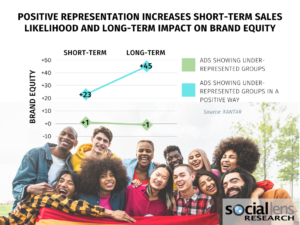 Yes, it requires a lot of homework, but being inclusive is worthwhile. Positive diversity representation delivers a bottom-line impact for brands, almost doubling your brand equity, according to a recent study by Kantar. An effective inclusion strategy translates into a significant increase in your brand’s reputation and credibility.
Yes, it requires a lot of homework, but being inclusive is worthwhile. Positive diversity representation delivers a bottom-line impact for brands, almost doubling your brand equity, according to a recent study by Kantar. An effective inclusion strategy translates into a significant increase in your brand’s reputation and credibility.
Here are a few brand content creation and social media activations that offer useful lessons on how to reach diverse audiences:
Branded Content Creation
OREO | Invest in creating authentic stories backed by meaningful action
With Alice Hung’s help, Oreo delivers a moving story that resonates with anyone with a family member who has had a hard time coming out to their extended family. The story is based on Hung’s mother’s own experience. The nod to the sacrifices made by older family members to “give us a better life” and intergenerational attitudes and differences ring true to many diverse families.
“‘The Note’ isn’t a story about a young man coming out,” said Alice Hong in a statement. “It’s about a mother caught between two generations and choosing to stand by her son—a theme that my own mother struggled with. I’m so fortunate to be able to tell this deeply personal story and I hope it encourages more allies to go to bat for their LGBTQ+ loved ones. And with the recent uptick in anti-LGBTQ+ legislation, we need allies more than ever.”
The Oreo microsite offers allyship resources and opportunities for audiences to engage further with the campaign. The microsite, combined with Oreo’s long-term PFLAG partnership that includes a recent $500,000 donation, demonstrates meaningful support for the LGBTQ+ community in a way that few brands do.
UNITED AIRLINES I Involve your diverse employees and celebrate community accomplishments
 United Airlines flew 100 underserved Black students on their first-ever flight on June 16, 2022. The flight was run by United’s business resource group BEACON and an all-Black crew. During the flight, students learned history about Juneteenth and Black aviation. A 60-second clip of the event narrated by Opal Lee, a 95-year-old woman who was instrumental in Juneteenth becoming a federal holiday, was used to mark and educate on the holiday.
United Airlines flew 100 underserved Black students on their first-ever flight on June 16, 2022. The flight was run by United’s business resource group BEACON and an all-Black crew. During the flight, students learned history about Juneteenth and Black aviation. A 60-second clip of the event narrated by Opal Lee, a 95-year-old woman who was instrumental in Juneteenth becoming a federal holiday, was used to mark and educate on the holiday.
The inclusion and partnership with Black employees added authenticity to United’s Juneteenth campaign. It was moving to see so many underrepresented youths take their first flight and be encouraged to look at careers at United. Showcasing an important historical moment, a Black female change agent, and Black aviator history in a meaningful way, were also big wins.
APPLE | Showcase how your product enables your consumers’ lives.
Holistically and intersectionality inclusive, Apple highlights the diversity that exists within the disabled community – including race, age, ability, and lifestyle – with empowering, personal, and thoughtfully specific representation.
Apple provides a message that showcases diverse stories while demonstrating the accessibility and usefulness of its technology. It shows how their product features fit into various lifestyles and enhance them. The ad is informative to those who might be unaware of the features and would benefit from them.
“[Apple’s] campaign goes much further in bringing disability into the mainstream and proudly showcasing the true potential of disabled people using accessible technology,” said Yahye Siyad, disability and accessibility lead at digital transformation agency Cyber-Duck.
Social Media Activations
Not having a diverse influencer strategy is a big miss if you are trying to reach diverse consumers. Diverse shoppers over-index on following influencers and their likelihood to buy products recommended by the influencers they follow.
 Be strategic and selective with content creators to ensure the representation is authentic, helpful and relevant. It’s more important that the content creators have a relevant lifestyle and authentic connection with your product than a massive following. Think about the consumer’s thought process:
Be strategic and selective with content creators to ensure the representation is authentic, helpful and relevant. It’s more important that the content creators have a relevant lifestyle and authentic connection with your product than a massive following. Think about the consumer’s thought process:
“Why do I need it? How do I use it? How will it look on someone like me? How does it fit in my life?”
Influencer marketing is harder than it looks. Below are some useful tactics from brands that have had big social wins over the last year.
EOS | Normalize a taboo or difficult topic by leaning into existing conversations.
Evolution of Smooth (EOS) launched the “Bless Your F*ing Cooch” campaign to capitalize on the attention of influencer Carly Joy’s viral, unfiltered Tik-Tok video describing how she uses their product to shave her pubic hair. The brand was quick to add her explicit “Bless Your F*ing Cooch” phrase to their packaging, engaged diverse influencers they were already working with, and used clever hashtags like #smoothhooha to encourage others to share. Tapping into a real mix of different ethnicities created wide appeal for the campaign. Discussing and normalizing a topic that women find shameful built goodwill for the brand. Example influencers for the campaign include @itsemilyrios, @gabbymorr and @remibader.
Lessons from Eos’s social win include the importance of social listening, building long-term relationships with diverse influencers who can explain why and how to use your products in a culturally nuanced way, and the effectiveness of joining versus trying to create a new conversation.
HOME DEPOT | Empower creators to create their own stories
When a dance video using the Home Depot Beat by @creditablecris went viral, Home Depot made the video’s catchy theme song available for others. It has since been used in more than 615K videos. To build its own TikTok presence, Home Depot has partnered with multicultural influencers like @DearDarlenee who used the store’s materials to build an ofrenda for Dia De Muertos to create authentic content.
 Lessons from Home Depot’s social win include joining in on trends to engage Gen-Z audiences in fun ways and being specific in their cultural representation to appeal to multicultural consumers.
Lessons from Home Depot’s social win include joining in on trends to engage Gen-Z audiences in fun ways and being specific in their cultural representation to appeal to multicultural consumers.
Fenty Beauty | Build inclusivity into your brand DNA by starting with the product you offer
Fenty Beauty transformed the beauty industry by launching a foundation with 45 shades (now 50). The “Fenty Effect” motivated other brands to broaden their different shades. It’s a rare example where inclusivity was a product, not just a message-led strategy.
 “The best way to break through with inclusive marketing is to share authentic stories that are rooted in culture and are emotionally meaningful to the consumers you serve,” said Sandy Saputo, chief marketing officer at Kendo Brands, which includes Fenty Beauty Think with Google.
“The best way to break through with inclusive marketing is to share authentic stories that are rooted in culture and are emotionally meaningful to the consumers you serve,” said Sandy Saputo, chief marketing officer at Kendo Brands, which includes Fenty Beauty Think with Google.
Fenty’s influencer partnerships across the Asian, Black, Latino, LGBTQ+, and disabled communities sparked content that resonated and built the buzz around the brand broadly. Their influencer ambassador program attracts superstars to micro-influencers.
Example incluencers include @iamcalida , @ayshaharun, and see many more at #fentybeautysponsored.
Conclusion
In this post, we’ve explored how you can craft marketing strategies that make your diverse customers feel seen and appreciated. We’ve shown you how companies create authentic stories backed by meaningful action, involve their diverse employees to celebrate community accomplishments and showcase how products enable consumers’ lives. We’ve also looked at how companies use social media to normalize taboo topics by leaning into existing conversations, empower creators to create their own stories, and build inclusivity into brands, starting with products.
As we noted at the beginning, building inclusivity isn’t easy, but it is worthwhile. We hope this post has given you some ideas for reaching diverse consumers. You can reach me at julieda@sociallensresearch.smartpipl.com to discuss diverse audiences further!
LEARN MORE ABOUT SOCIAL LENS RESEARCH
You may also Like
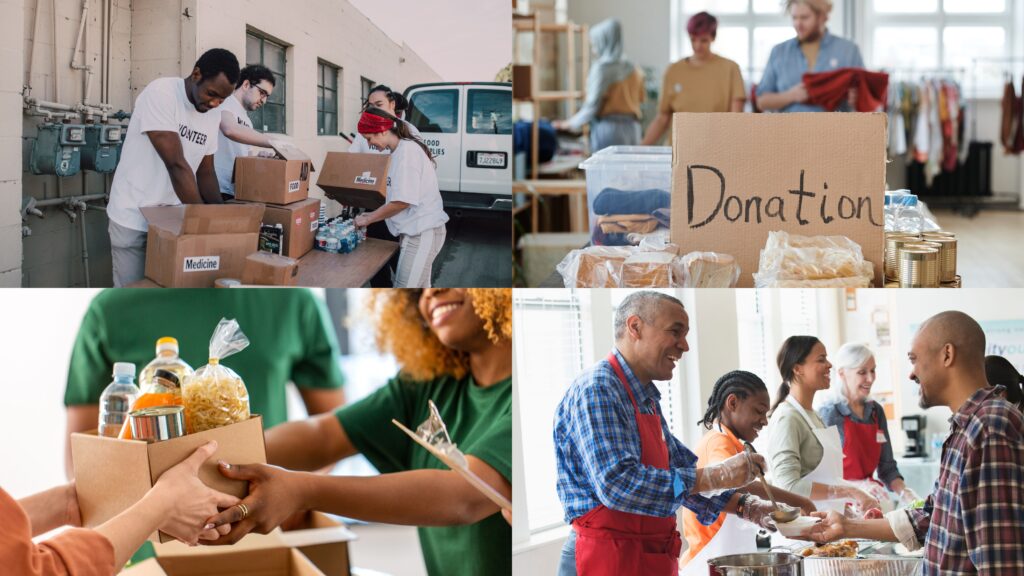
When Generosity Gets Complicated: What 223 Americans Taught Us About the Future of Giving
“I’m not opposed to donating, but there’s just too many stories of it being mishandled, and frankly, I don’t trust it.” The Hispanic man who shared this wasn’t...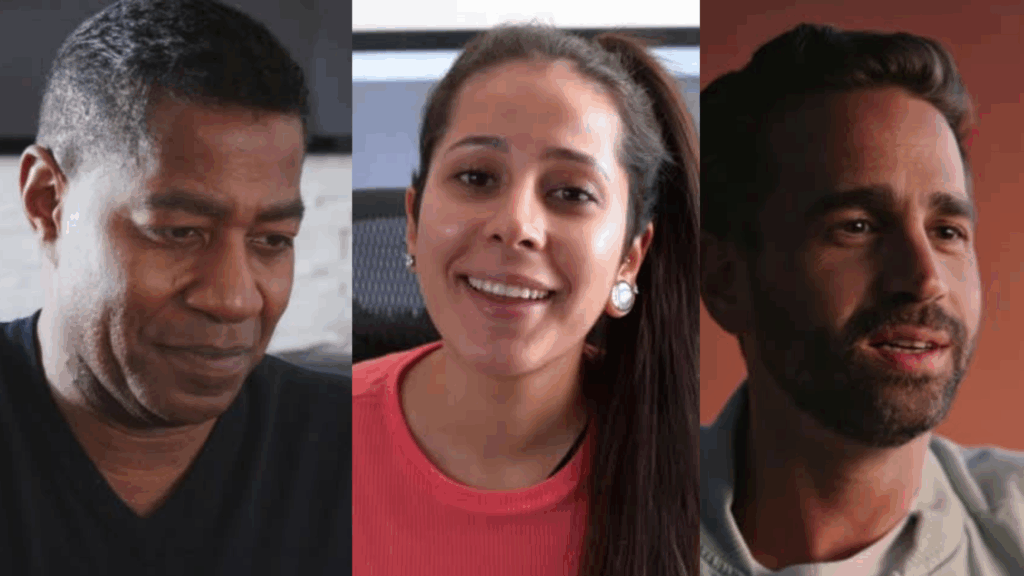
AI Trust Crisis: Why Users Draw the Line at News and Politics
While AI adoption surges across everyday tasks, a clear boundary emerges for serious information. Insights from the Social Lens Library reveal users across all generations share unified skepticism:...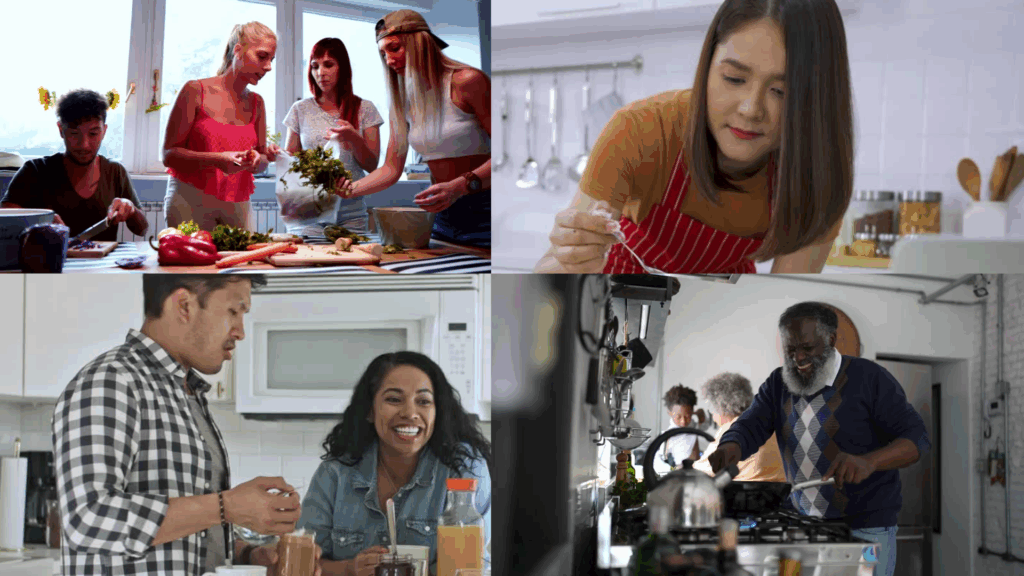


0 Comments
Leave a comment